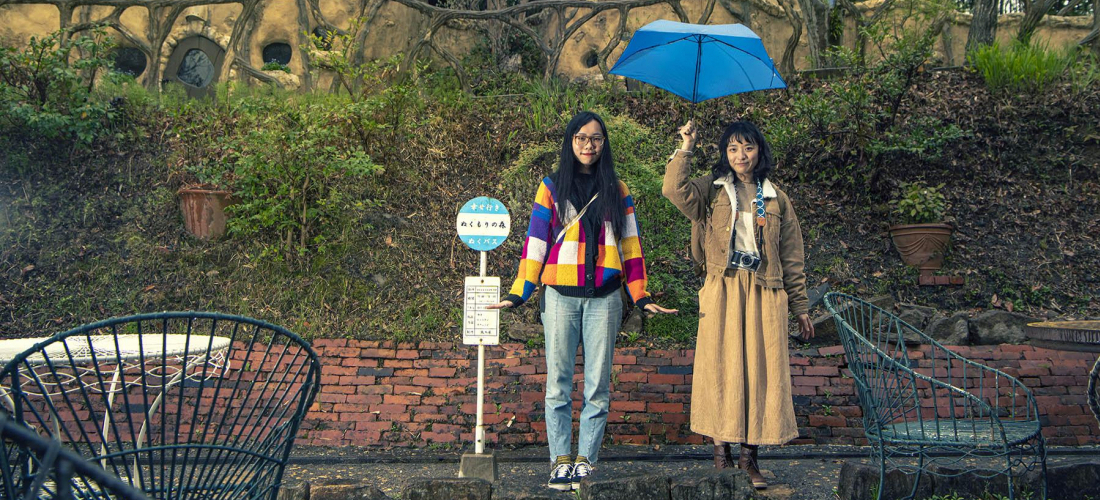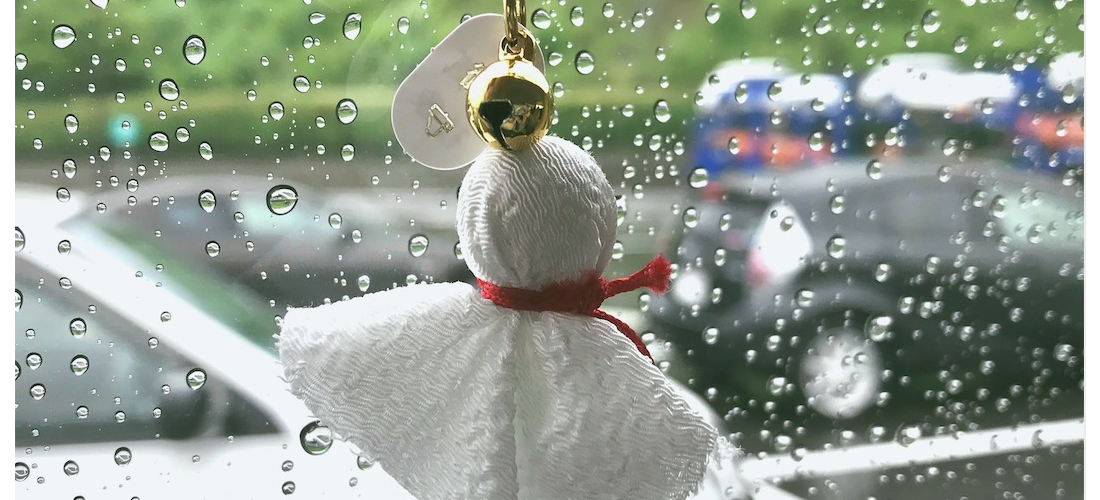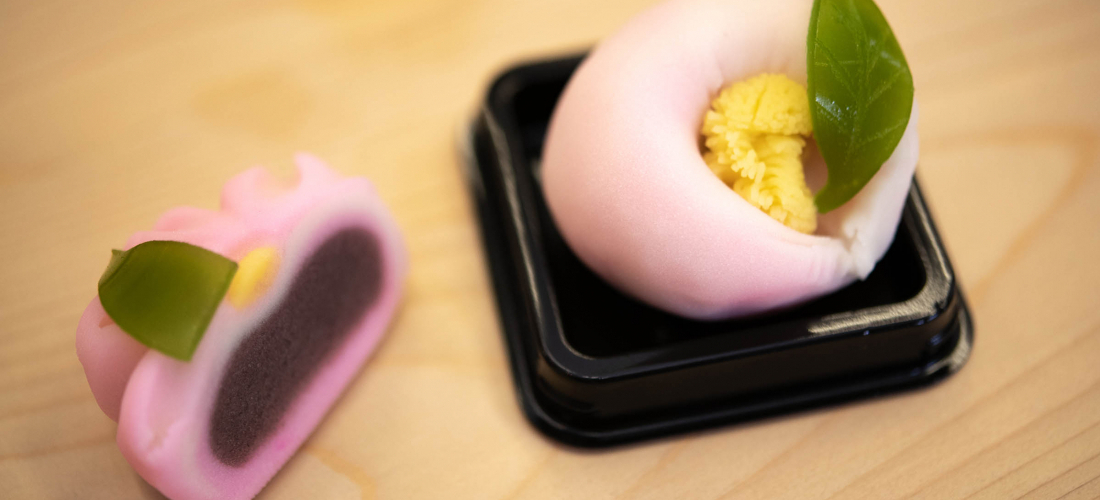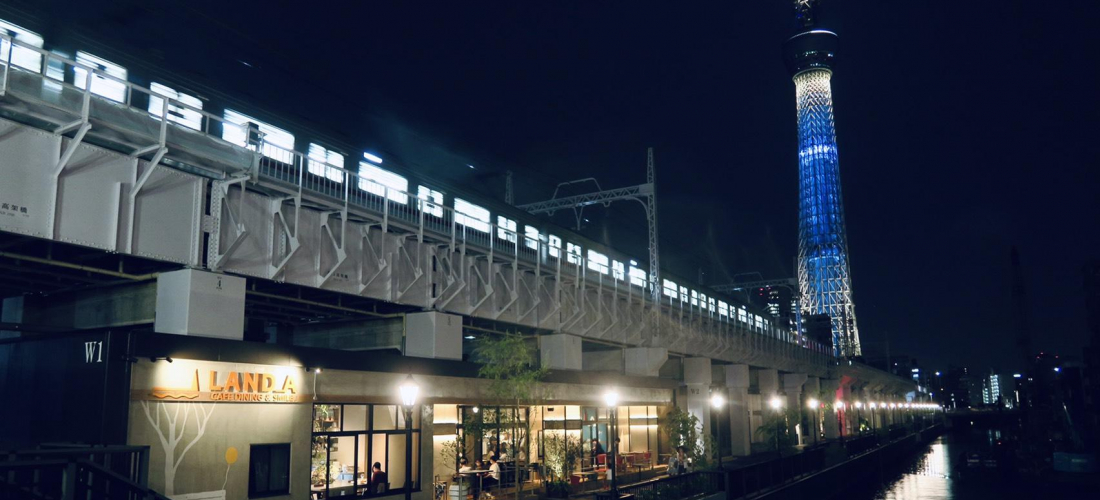CONTENTS
Visiting Japan during rainy season, you need an umbrella! So if you love Japanese design, or can appreciate a good wacky Japanese novelty product or two, here are five great options for you―both cute and practical!
1. The Jellyfish Umbrella
Tsuyu (梅雨), Japan's rainy season, has arrived! And that means that more often than not, an umbrella is an absolute daily necessity (unless you like getting drenched every time you go outside). While many people in Japan stick to clear vinyl umbrellas throughout the year, there's no reason not to make the most of rainy season with a fun Japanese umbrella with a little more instabae appeal!
This first find actually comes from Kamo Aquarium, a facility in northern Japan sometimes nicknamed "The Dream House of Jellies." Not only will a visit to the aquarium get you a fun day hanging out with sea lions and jellyfish, but you can bring one of those jellies home with you thanks to their extremely popular jellyfish umbrellas. This novelty giftshop umbrella is made in collaboration with manufacturer and retailer Felissimo You + More, and it's a nice example of Japan's knack for mixing practicality and unique design. The deep dome shape should keep your head nice and dry, and from the inside it looks like you're gazing through the floating transparent body of one of the aquarium's jellyfish.

2. The Backpack Protector Umbrella
At first glance this umbrella's distinct shape might be a little… jarring. But as soon as you see it in use, the oddly stretched circumference seems like an obvious step in umbrella evolution! Well, at least it's an appealing choice for students and commuters the world over. Made by Tokyu Hands, a Japanese department store known for good gift shopping and novelties, the backpack protector fills an empty space in the world of rain gear―conveniently protecting important homework and documents, stashed away laptops, or even just fancy leather backpacks themselves.
3. An Elegant Umbrella and Flowers to Boot
These Japanese umbrellas may be a little simpler in design, available in solid colors, stripes, and florals, but they come with an exciting bonus: flowers! The Umbrella Bouquet from Japanese florist chain Karendo looks like a new way to bring a little color and joy to a dull, rainy day during Japan's rainy season. If you're looking to escape the rain, the subtle designs would fit right in during Japanese afternoon tea and sweets. Available to order from their webshop, they arrive at your doorstep as a portable little carrier for a bouquet of frilly flowers. Then they make for an elegant accessory in the rain, or protecting you from Japan's bright summer sun.

4. The Gax Car Umbrella
Whether you decide to rent a car in Japan or tour the cities in a taxi, this cleverly designed umbrella will come in handy. Instead of folding down, catching on car doors and roofs and proceeding to splash water inside the car, the unique spokes on this umbrella fold up. That means the umbrella can easily be held while you close it and slip it through mostly closed car doors as you sit down, and the rainwater is then contained inside while it dries. The handy design is award-winning!

5. Share an Umbrella with the Locals
If you don't want to buy a new umbrella, or even have to carry one at all when it's not raining, this service might be the answer. Starting this summer, 39 Hanshin Electric Railway train stations and 51 other locations will have new kiosks set up with one purpose: umbrella rentals! The service, new to the Kansai area, is called Ikasa, and it makes it easy to grab a little protection from the rain on your way out of the station, and then return it when it's no longer necessary. Until the end of July 2020, the service is even free. So head out into Osaka or spend a day in Kobe, without worrying about the weather!
Details
NAME:Rainy Season
Between collaboration items and special-edition limited-time-only goods, Japan has some pretty interesting products, and if you're anything like me... well, you can't help but be interested!

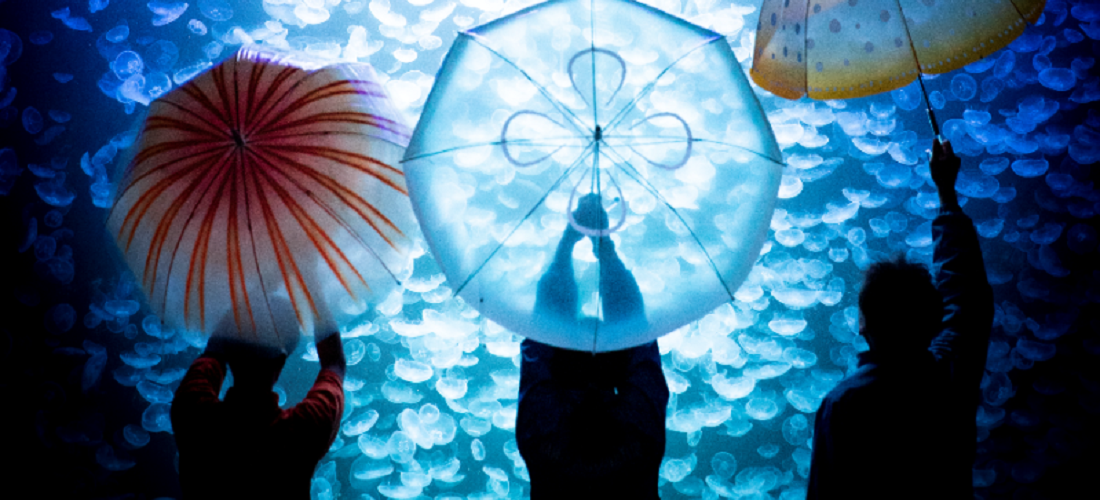

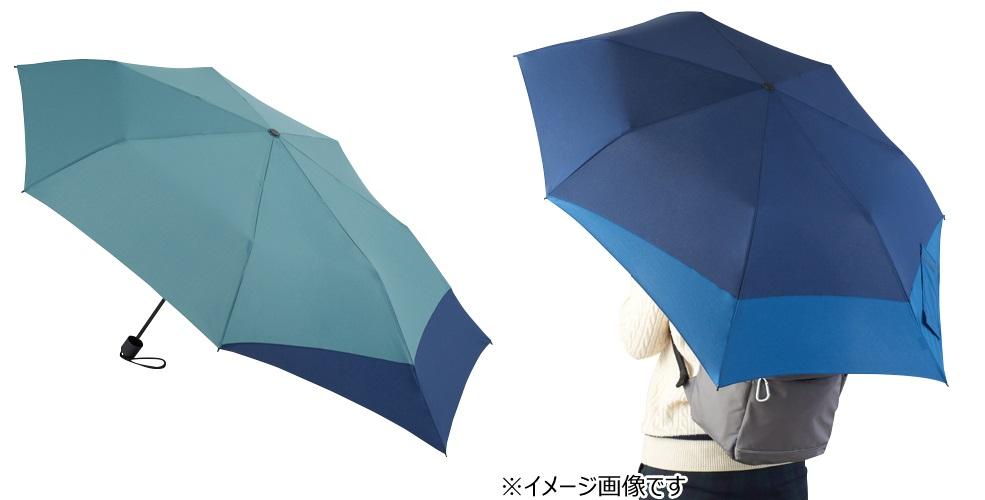

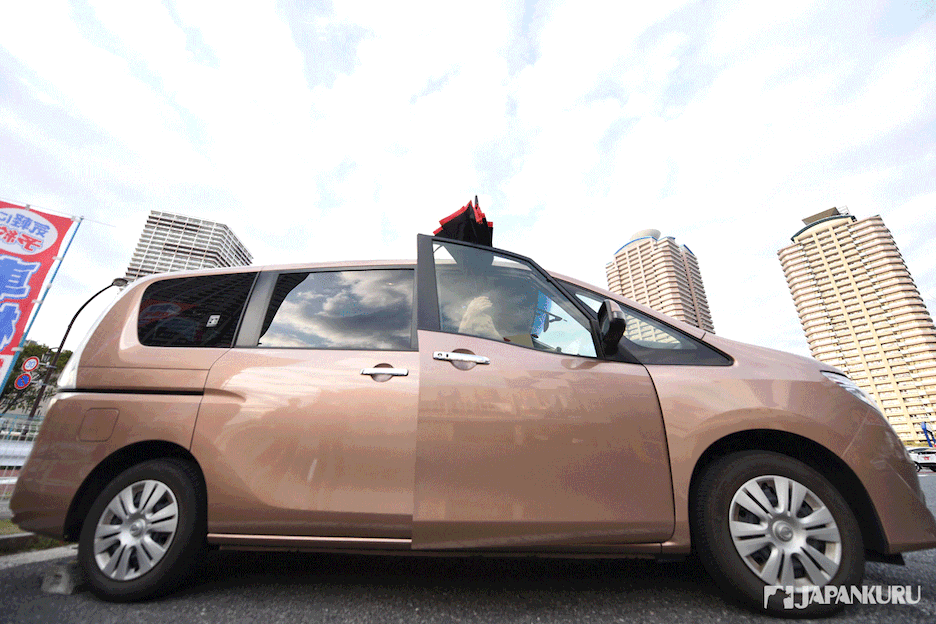





 >> Find out more at Japankuru.com! (link in bio)
#
>> Find out more at Japankuru.com! (link in bio)
#





 The Robot Restaurant is gone, but the Samurai Restaurant is here to take its place. Check it out, and don't forget your coupon!
The Robot Restaurant is gone, but the Samurai Restaurant is here to take its place. Check it out, and don't forget your coupon!
 신주쿠의 명소 로봇 레스토랑이 사무라이 레스토랑으로 부활! 절찬 쿠폰 발급중
신주쿠의 명소 로봇 레스토랑이 사무라이 레스토랑으로 부활! 절찬 쿠폰 발급중
 18歲以上才能入場的歌舞秀,和你想的不一樣!拿好優惠券去看看~
#tokyo #shinjuku #samurairestaurant #robotrestaurant #tokyotrip #도쿄여행 #신주쿠 #사무라이레스토랑 #이색체험 #할인이벤트 #歌舞伎町 #東京景點 #武士餐廳 #日本表演 #日本文化體驗 #japankuru #japantrip #japantravel #japanlovers #japan_of_insta
18歲以上才能入場的歌舞秀,和你想的不一樣!拿好優惠券去看看~
#tokyo #shinjuku #samurairestaurant #robotrestaurant #tokyotrip #도쿄여행 #신주쿠 #사무라이레스토랑 #이색체험 #할인이벤트 #歌舞伎町 #東京景點 #武士餐廳 #日本表演 #日本文化體驗 #japankuru #japantrip #japantravel #japanlovers #japan_of_insta
 코지마 x 빅 카메라 쿠폰으로 일본 가전 제품 쇼핑하기
#pr #japankuru #japanshopping #kojima #biccamera #japaneseskincare #yaman #dji #osmopocket3 #skincaredevice #日本購物 #美容儀 #相機 #雅萌 #日本家電 #일본여행 #면세 #여행꿀팁 #일본쇼핑리스트 #쿠폰 #일본쇼핑 #일본브랜드 #할인 #코지마 #빅카메라 #japankurucoupon
코지마 x 빅 카메라 쿠폰으로 일본 가전 제품 쇼핑하기
#pr #japankuru #japanshopping #kojima #biccamera #japaneseskincare #yaman #dji #osmopocket3 #skincaredevice #日本購物 #美容儀 #相機 #雅萌 #日本家電 #일본여행 #면세 #여행꿀팁 #일본쇼핑리스트 #쿠폰 #일본쇼핑 #일본브랜드 #할인 #코지마 #빅카메라 #japankurucoupon









































